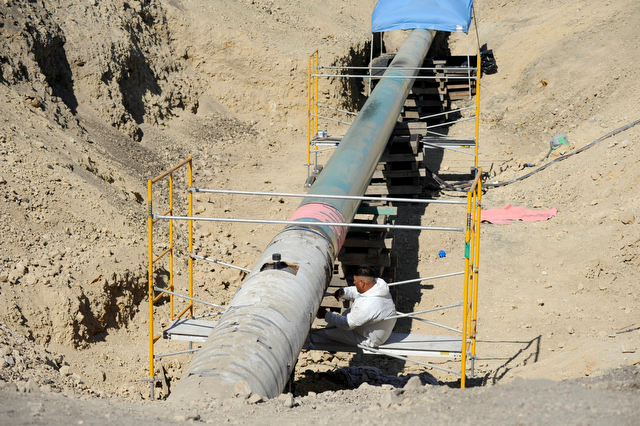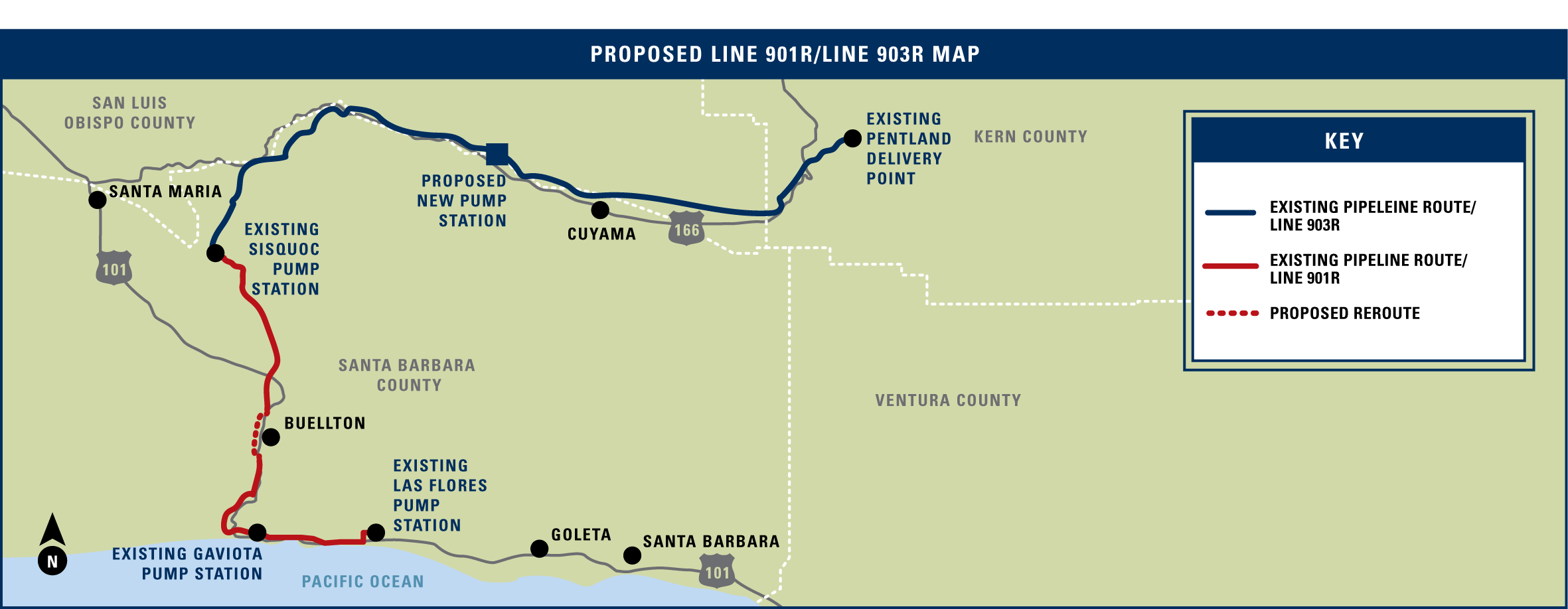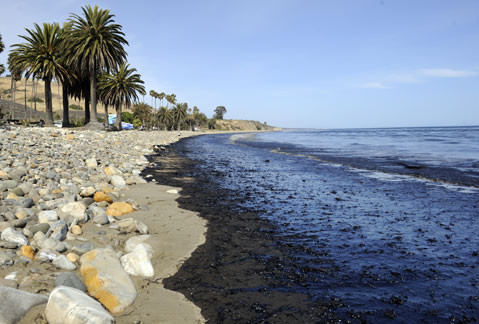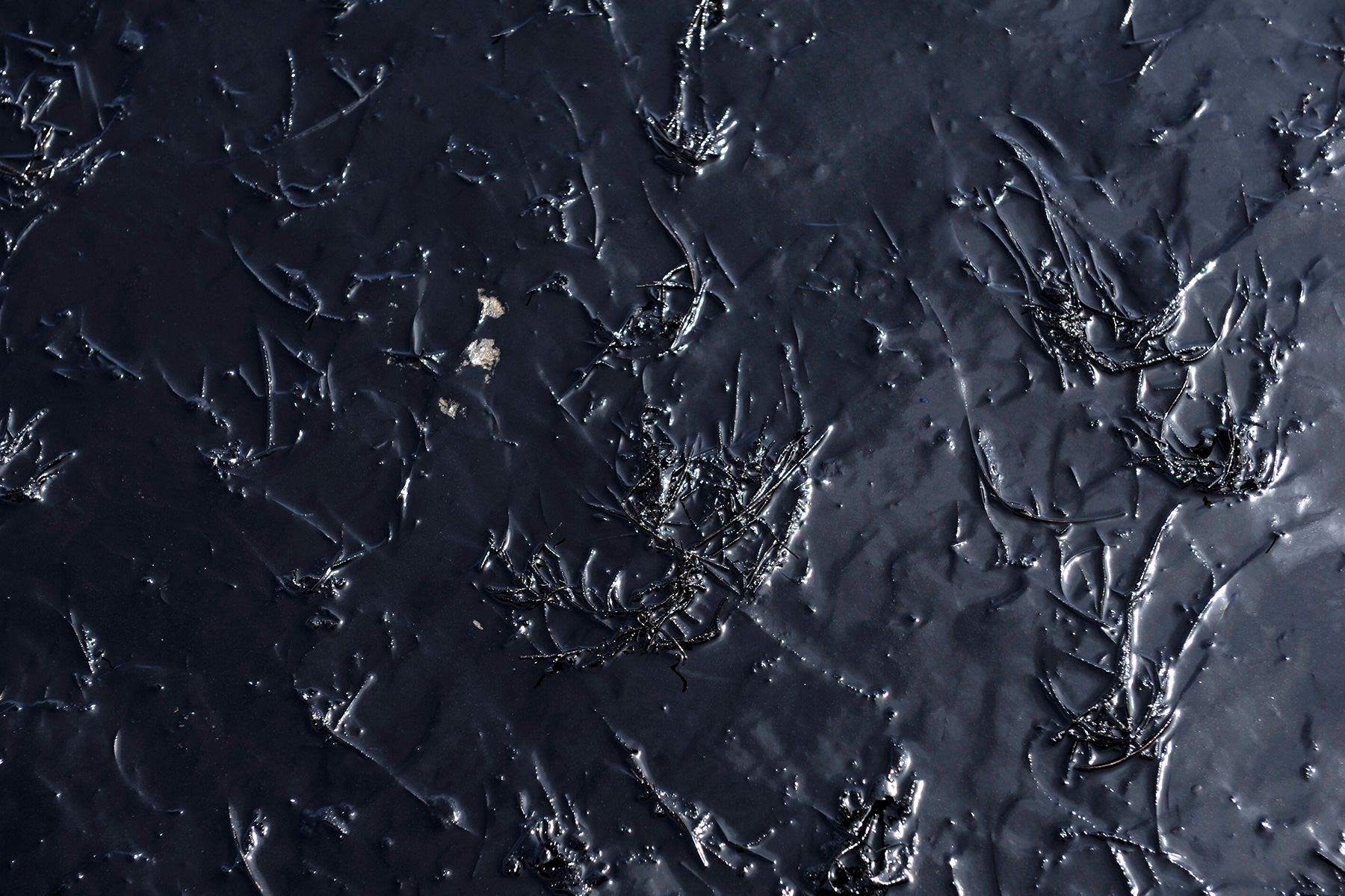Plains All American Proposes to Replace Pipeline
Massive Oil Transport Company Decides Not to Repair

Plains All American Pipeline submitted an application on Tuesday with Santa Barbara County’s Energy Division to replace Line 901, the pipeline that ruptured and leaked 142,000 gallons of crude oil in 2015 in what became nationally known as the Refugio Oil Spill.
Since Line 901 — which spans from Las Flores Canyon to the Sisquoc pump station — was emptied and filled with inert gas, production ceased at the seven oil platforms off the Santa Barbara coast. One of those platforms — Venoco’s Platform Holly — is in the process of being plugged and abandoned entirely.
Now, Plains is proposing to replace the 24-inch pipeline with a smaller one, which would vary from 12 to 20 inches in diameter. The new proposed pipeline — known as Line 901R for “replace” — would be “thicker than required,” particularly along the coast, Plains spokesperson Karen Rugaard said in an interview. Plains is also proposing to replace the connecting pipeline, Line 903, which spans from Sisquoc to Pentland Delivery Point in Kern County. (Santa Barbara public affairs firm Terrain Consulting is representing Plains; they also worked with Venoco.)

Rugaard explained Plains’ engineers designed a smaller pipeline that operates at a lower pressure by as much as 50 percent to support the current production levels offshore.
Plains’ application with Santa Barbara County begins a long process, involving environmental review, public input, and discretion from multiple agencies including the California Coastal Commission. Should the application be unsuccessful, Rugaard said, Plains would chose to repair and restart the existing infrastructure. “Not returning to service is not an option,” she said.
Plains will also be submitting applications to San Luis Obispo and Kern counties.
Much of the environmental outcry after the 2015 oil spill centered on the fact that Line 901 was not equipped with an automatic shutoff valve, which was standard protocol in the industry. Asked if the replacement pipelines would have automatic shutoff valves, Rugaard did not specify. “We will comply with whatever the applicable requirements are,” including local, state, and federal laws, she said. State laws have since passed requiring oil pipeline to include the best available safety technology.

In addition, that Line 901 fell under oversight of the federal government by PHMSA (Pipeline and Hazardous Materials Safety Administration) rather than by Santa Barbara County raised concerns by environmentalists. Regulation of the proposed pipeline replacement would be overseen by the California fire marshal, Rugaard said, instead of PHMSA.

Monitoring at Refugio State Beach by state and federal agents concluded this year, Rugaard said. But there continues to be community concern about the future of oil transportation on the Central Coast. “We know that there is a great deal of local interest in this project,” Rugaard said.
Of the 142,000 gallons that leaked from Line 901, about 20,000 gallons washed into the Pacific Ocean. Animal rescuers collected hundreds of birds, dead and alive, and 99 dead mammals, including 15 dolphins. Rugaard said Plains recently completed a biodiversity study of the area.



